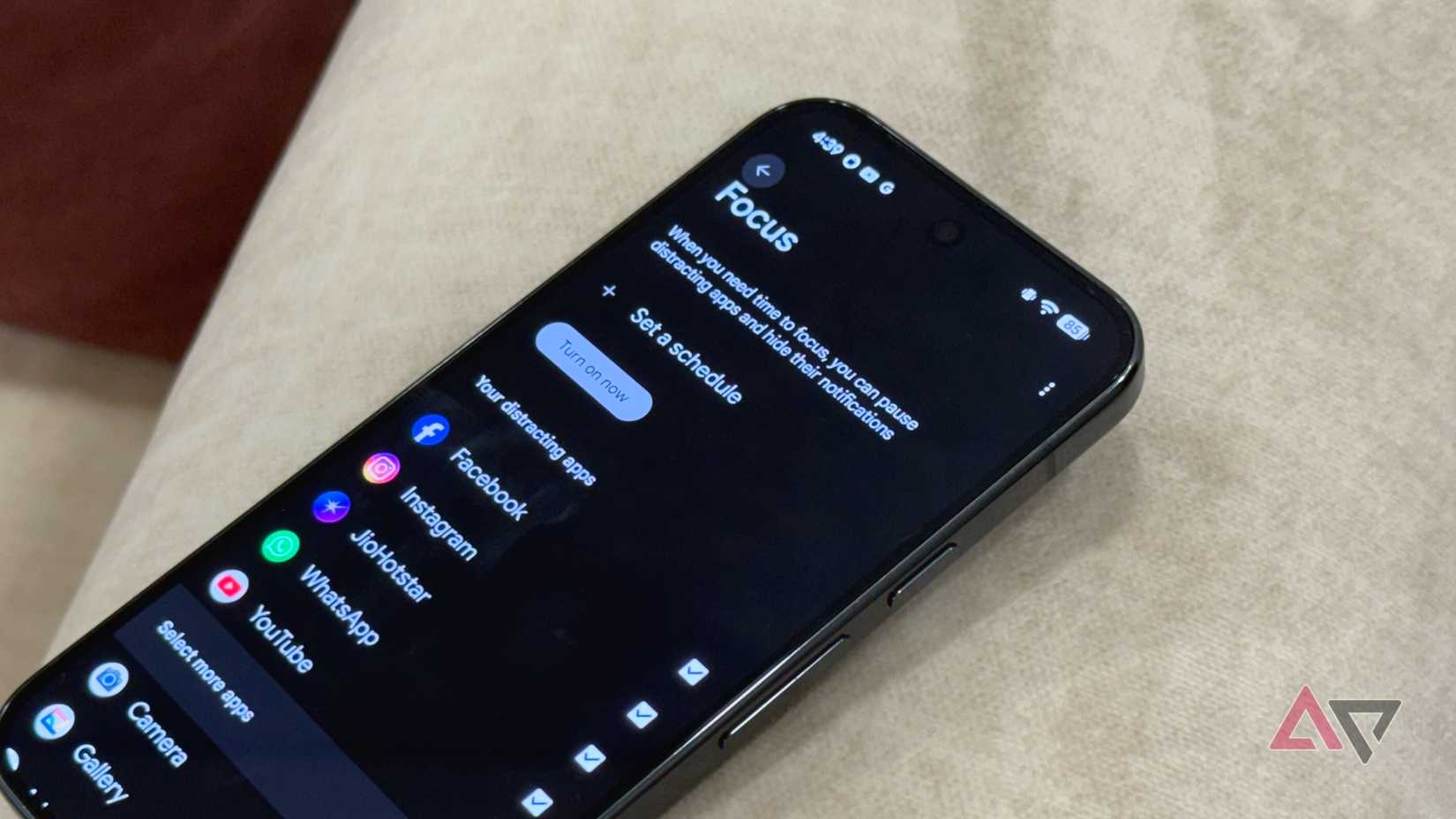Burnout has a way of creeping up quietly. For me, it was mental fatigue, and the feeling of heaviness made even simple tasks feel impossible.
Surprisingly, the tools that helped me the most weren’t fancy new apps or routines. They were features already built into my Android phone, the ones originally designed for accessibility.
These tools became a lifeline for me during burnout. From reducing mental load to helping me pace myself throughout the day, Android’s accessibility settings gave me shortcuts, reminders, and focus aids I didn’t know I needed.
Reading mode to cut out the noise
It helps to focus on one thing at a time
Reading Mode was a game-changer, since it can strip distractions from articles and make them easier to digest. With a quick toggle, it removed ads, pop-ups, and distracting sidebars, leaving me with clean text in a font and size I could manage.
I customized the background color so it felt easier on my eyes. Sometimes I even had Reading Mode read the article aloud to me while I paced around my room. It turned out to be surprisingly helpful on days when my eyes felt too tired to focus on the screen.
Reading mode made it possible to interact with information in a way that matched my energy levels. And during burnout, that flexibility helped me learn and stay engaged without pushing myself past the breaking point.
To use the feature, you must download Google’s Reading Mode app from the Play Store. Then, under the Accessibility menu in Settings, toggle on Reading mode.
Voice Access for hands-free control
You don’t have to lift a finger
With Voice Access, instead of swiping, tapping, and scrolling, I could tell my phone what to do. Saying Open Obsidian or Scroll up took the effort out of navigating, and when my hands felt heavy, those little shortcuts made a big difference.
It wasn’t something I used all the time, but on low-energy days, it was a lifesaver.
To use the feature, you must download the Voice Access app from the Play Store. Activate it by going to Settings > Accessibility > Voice Access.
Using voice typing on Gboard
Talking through the fog
When I was exhausted, typing long notes and drafting messages felt like a chore. That’s when I leaned on my phone’s inbuilt voice typing feature. On Android, it’s as simple as tapping the microphone icon on Gboard.
Initially, I used it to add quick reminders. But soon I realized I could dictate entire drafts of articles, responses, and brainstorming notes while lying on the couch.
However, it wasn’t perfect. I had to go back and edit for typos and odd phrasing. But the mental shift was significant: instead of forcing myself to type through fatigue, I could speak my thoughts and get some work done.
Magnification for scaling text
Easing eye strain
During burnout, even reading small text felt like an uphill climb. My eyes tired quickly, and I found myself squinting or leaning in closer to make out details on the screen.
That’s when I started using Android’s Magnification feature. With a quick tap, I could zoom in on any part of the screen, whether it was an email buried in fine print, a dense PDF, or even app interfaces.
Being able to enlarge exactly what I needed without adjusting system-wide font sizes or straining meant I could read at my own pace without extra effort.
To turn on the Magnification feature, go to Settings > Accessibility > Magnification. Turn on the magnification shortcut.
Focus mode to remove distractions
Helping me stay productive
One of the toughest parts of burnout is that constant tug-of-war with distractions. I knew doomscrolling wasn’t helping, but I didn’t have the willpower to stop. So, I turned to Focus Mode in Digital Wellbeing.
I configured it to block my most distracting apps, such as Reddit, YouTube, WhatsApp, and X. Those applications were grayed out on my screen, serving as a gentle reminder to stay focused.
Leaning on Android’s accessibility tools helped me stay focused
Burnout has a way of making even the simplest tasks feel impossible. Android’s accessibility features provided me with a toolkit that helped me keep moving when I couldn’t rely on my usual productivity systems.
Voice typing helped me get thoughts out without overthinking. Reading mode cut through the noise when my focus was thin. Focus mode shielded me from distractions I didn’t have the strength to resist.
They reminded me that productivity isn’t about pushing harder, but about adapting and finding gentler ways to keep showing up, even when energy and focus run low.


